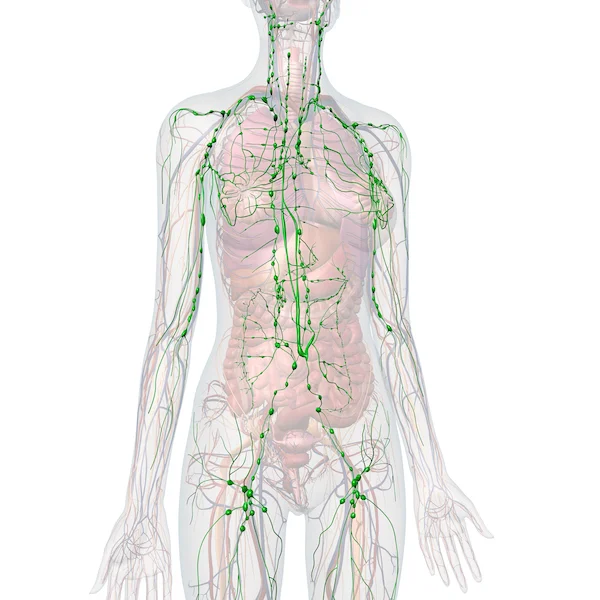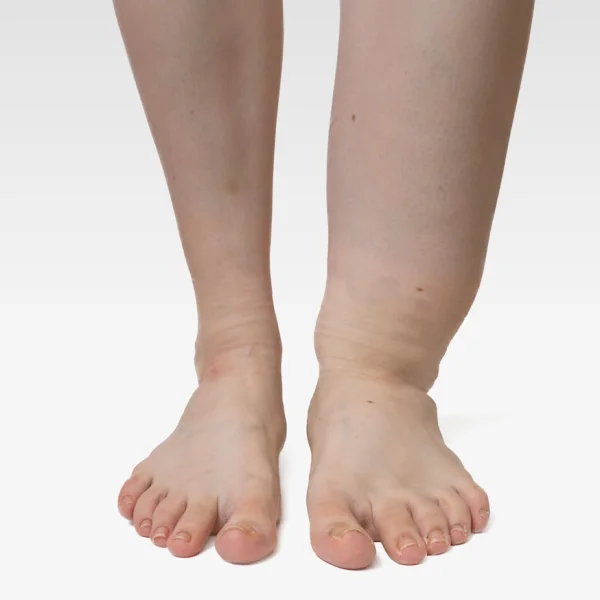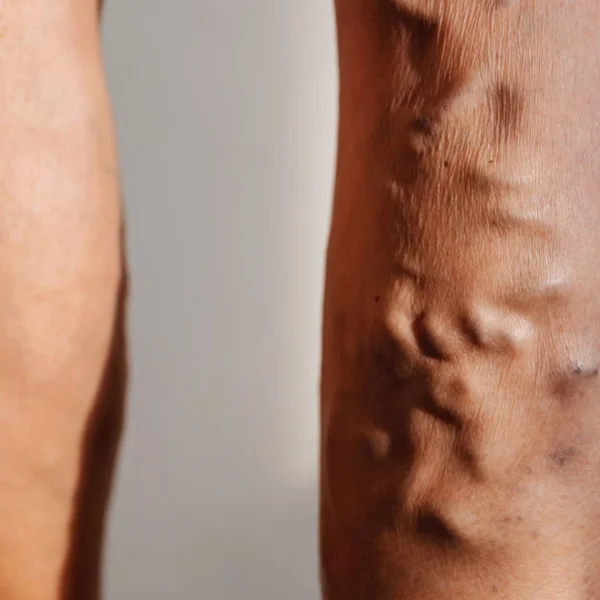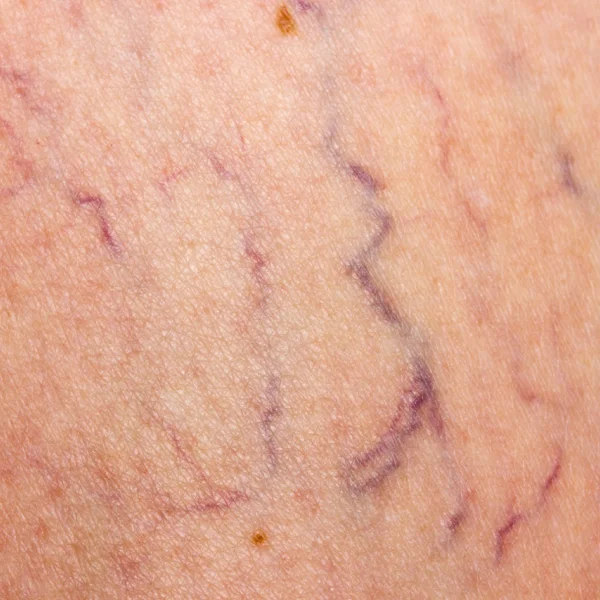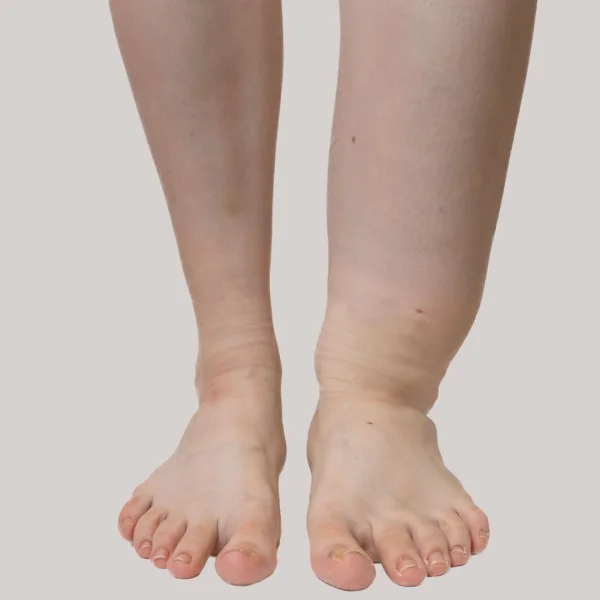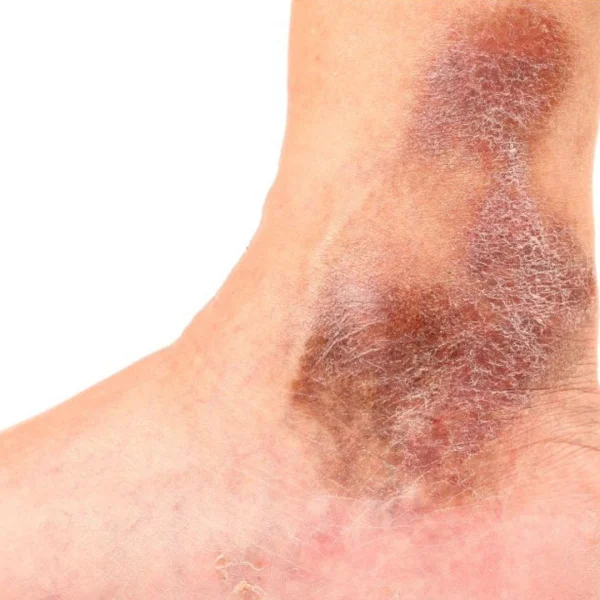Lymphedema
Lymphedema is a chronic condition of the lymphatic system, where lymph fluid accumulates in the tissue, leading to swelling.
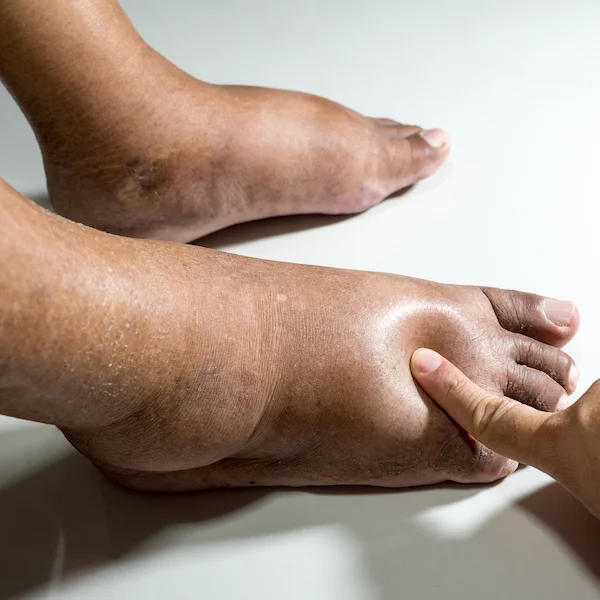
The development of lymphedema can have various causes. Primary and secondary lymphedemas are distinguished. Most often, the legs or arms are affected, and it can occur unilaterally or bilaterally.
What is the lymphatic system and what does it consist of?
The lymphatic system is part of the body's immune system and consists of a network of lymph vessels, lymph nodes, spleen, thymus gland, and other lymphatic organs.
It serves to defend against pathogens and to cleanse the body of waste products. The lymph vessels transport the so-called lymph, a clear fluid that contains cells, proteins, and waste products. The lymph nodes are important filter stations where pathogens are trapped and neutralized.
The lymphatic system plays a crucial role in human health and well-being.
What can be the causes of lymphedema?
A primary lymphedema is a congenital condition in which the lymphatic system does not function properly. It can be genetically caused by a malfunction or the absence of function in any individual part of the lymphatic system. Primary lymphedema usually occurs at a young age and can have varying degrees of severity.
In contrast, a secondary lymphedema develops as a result of another condition or injury that affects or damages one or more components of the lymphatic system. This can occur, for example, after surgery, injury, infection, or radiation therapy. Secondary lymphedemas often occur in later life and can develop either acutely or chronically.
Into which stages is lymphedema classified?
Stage 0: The lymphedema is not yet visible or palpable, but there may already be a disturbance of lymphatic drainage.
Stage 1: Mild swelling and feelings of tension can be observed in the affected areas, but the edema is completely reversible, meaning it resolves completely.
Stage 2: Swelling increases significantly, and hardening of the skin, known as fibrosis, may occur. The skin is usually dry, flaky, and tense. The edema no longer resolves completely on its own.
Stage 3: Massive swelling, skin changes such as fibrosis (hardening, discoloration), and increased infections typically occur. It can lead to open wounds and a condition known as lymphorrhea (lymph fluid leaking from the skin or wounds). This stage is often associated with a severe reduction in quality of life and pain.
Early diagnosis and treatment are crucial to prevent the progression and chronicity of lymphedema.
How is lymphedema treated?
The treatment of primary and secondary lymphedemas generally involves a combination of manual lymphatic drainage, compression bandages, a medically adaptive compression system (MACS), or a custom-made flat-knit compression garment, along with exercise therapy and regular skin care.
In severe cases, surgical removal of the affected tissue or a transplantation of lymph nodes or lymphatic vessels may be necessary.
It is important for individuals with lymphedema to be regularly monitored by a lymphology specialist and therapist to avoid complications and to permanently improve their quality of life.
